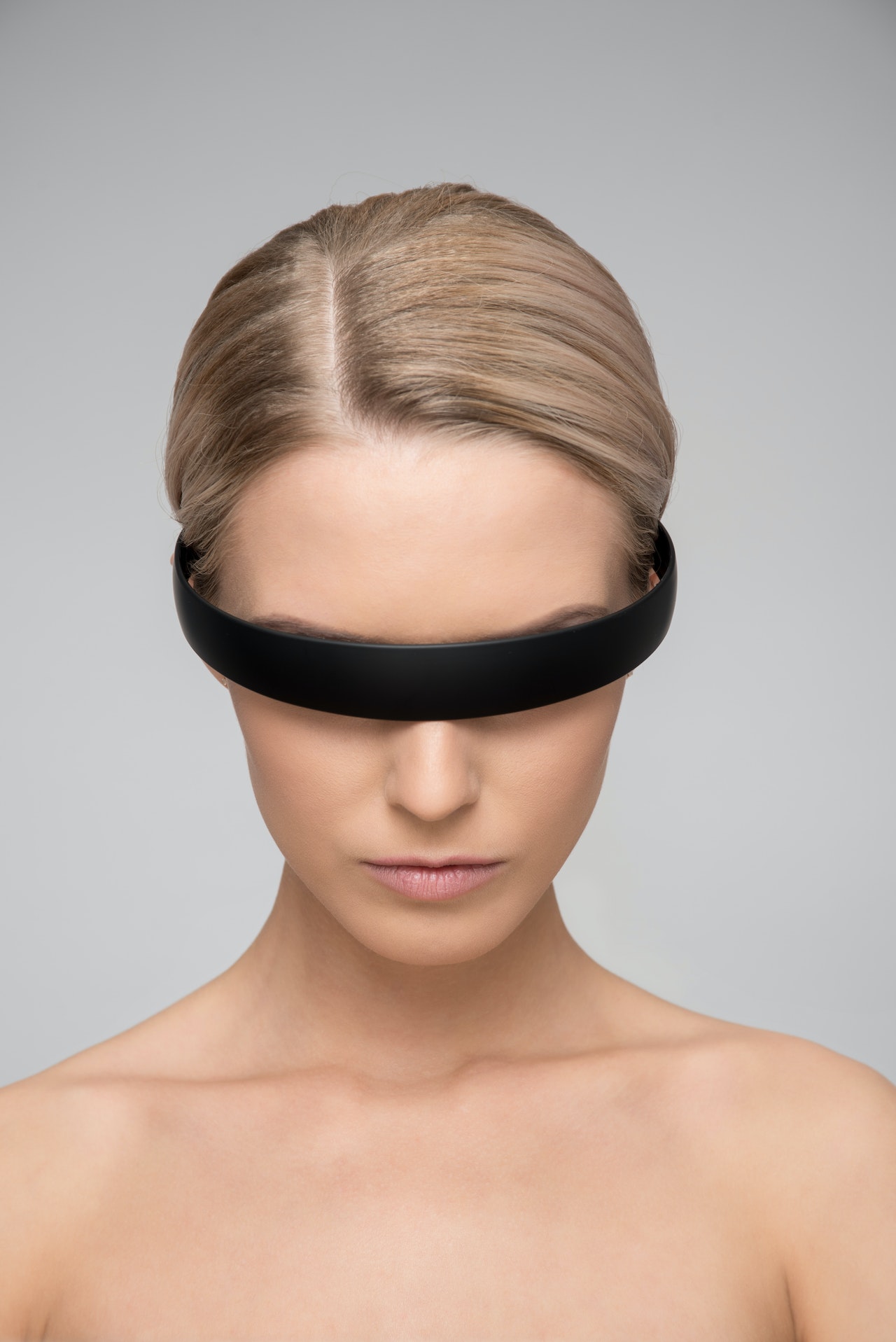Virtual Reality (VR) and Augmented Reality (AR) are often seen as cutting-edge technologies that could change our world. But which one has a brighter future? Let’s dive into the details to understand the unique advantages and challenges of each technology.

VR vs AR: A Quick Overview
Virtual Reality (VR) immerses you completely in a digital environment. You wear a headset that blocks out the real world and replaces it with a virtual one. It’s ideal for gaming, training simulations, and entertainment.
Augmented Reality (AR) overlays digital information onto the real world. Through devices like AR glasses or smartphones, AR adds layers of digital content to your physical surroundings. This is useful for navigation, enhanced learning, and interactive experiences.
Which Has a Brighter Future?
- VR offers more immersive experiences but is often limited by the need for expensive hardware and dedicated space.
- AR integrates seamlessly into daily life and has the potential to enhance everyday activities with digital information.
In Short: If you’re looking for an all-encompassing experience, VR may have the edge. But for practical, everyday applications, AR might lead the way in terms of broader adoption.
Meta Quest vs PS VR2: Which Headset Offers Better Value?
When comparing the Meta Quest and the PS VR2, consider these factors:
- Meta Quest: This standalone VR headset doesn’t require a PC or console, making it more portable and easier to set up. It’s known for its flexibility and extensive library of apps and games. However, it may lack the graphical fidelity of high-end systems.
- PS VR2: Designed for PlayStation 5, this headset benefits from the console’s power to deliver high-quality graphics and immersive experiences. It’s great for gamers invested in the PlayStation ecosystem but requires the console, which adds to the overall cost.
Which to Choose?: If you want a versatile and standalone option, go for Meta Quest. If you already own a PS5 and want high-quality VR gaming, PS VR2 is a better choice.
Apple’s Vision Pro vs Microsoft HoloLens: A Comparative Analysis
Apple and Microsoft have both made significant strides in the AR space with their respective devices:
- Apple Vision Pro: Expected to offer high-resolution displays and powerful processing. It focuses on creating a seamless AR experience with advanced integration into Apple’s ecosystem. It might be more appealing for those already using Apple products.
- Microsoft HoloLens: Known for its enterprise applications, it’s used in industries like manufacturing and healthcare. It provides a robust set of tools for mixed reality but is geared more toward professional use rather than consumer applications.
In Summary: Choose Apple Vision Pro for cutting-edge consumer-focused AR and Microsoft HoloLens for advanced enterprise solutions.
Samsung’s VR Strategy vs Apple’s Vision Pro: Key Differences
Samsung and Apple have different approaches to VR and AR:
- Samsung VR Strategy: Samsung has focused on VR through its Gear VR and Odyssey headsets. These are generally more affordable and cater to a broad audience, integrating well with Samsung’s range of smartphones.
- Apple Vision Pro: Apple’s approach is more about premium AR experiences with high-end hardware and seamless integration into its ecosystem. It aims for a high-quality, immersive experience rather than just affordability.
The Bottom Line: Samsung offers cost-effective solutions with broader compatibility, while Apple focuses on premium, high-performance AR experiences.
Comparing the Best VR Headsets for Enterprise Use
When selecting a VR headset for enterprise applications, consider:
- Resolution and Visual Clarity: High resolution and clear visuals are crucial for detailed work and training simulations.
- Comfort and Ergonomics: Since employees might use these for extended periods, comfort is key.
- Software Integration: Ensure the headset can integrate with existing enterprise software and tools.
Top Picks: Headsets like the Microsoft HoloLens, Varjo XR-3, and the HTC Vive Pro are excellent choices for enterprise due to their high resolution and professional features.
Which is Better for Education: VR or AR?
Both VR and AR offer unique benefits for education:
- VR: Provides immersive simulations and virtual field trips, allowing students to experience subjects like history or science in a fully interactive environment. It’s great for subjects that benefit from immersion but may be less practical for everyday classroom use.
- AR: Enhances textbooks and real-world objects with digital information, making it ideal for interactive learning. Students can engage with educational content in a familiar environment.
In Summary: Use VR for deep, immersive learning experiences and AR for interactive, everyday educational tools.
Top VR Headsets for Developers: Which to Choose?
For developers looking to create VR content, consider:
- Oculus Quest 2: Popular for its versatility and ease of use, it offers a robust development environment with a wide user base.
- HTC Vive Pro: Known for its high resolution and advanced tracking capabilities, making it suitable for detailed and professional development.
- Valve Index: Offers high-quality tracking and a wide field of view, ideal for developers focused on high-end VR experiences.
Best Choice: Oculus Quest 2 for its accessibility and broad audience, or HTC Vive Pro and Valve Index for more advanced development needs.
Best VR Headsets for Content Creators: A Buyer’s Guide
For content creators, a good VR headset should offer:
- High Resolution: To ensure that your content looks sharp and detailed.
- Wide Field of View: For a more immersive experience that closely matches the viewer’s natural field of vision.
- Good Tracking and Controllers: For precise interaction with the virtual environment.
Top Options: The HTC Vive Pro and Valve Index are excellent for high-quality content creation, while the Meta Quest 2 offers a balance of quality and accessibility.
Affordable VR vs High-End VR: Pros and Cons
Affordable VR:
- Pros: Lower cost, accessible to more people, good for casual use.
- Cons: May lack advanced features, lower resolution, and less immersive experiences.
High-End VR:
- Pros: Superior graphics, better tracking, and more immersive experiences.
- Cons: Higher cost, may require additional hardware like powerful PCs or consoles.
Which to Choose?: If you’re new to VR or on a budget, affordable options are a great start. For a top-tier experience and advanced features, investing in high-end VR is worth it.
Conclusion
Choosing between VR and AR, or picking the right device, depends on your needs and preferences. VR offers immersive experiences perfect for gaming and simulations, while AR integrates digital information into the real world for practical uses. Whether you’re looking for a high-end device or a budget-friendly option, understanding the unique strengths and limitations of each technology can help you make an informed decision. As technology continues to advance, both VR and AR are set to play significant roles in shaping the future of digital interaction.








